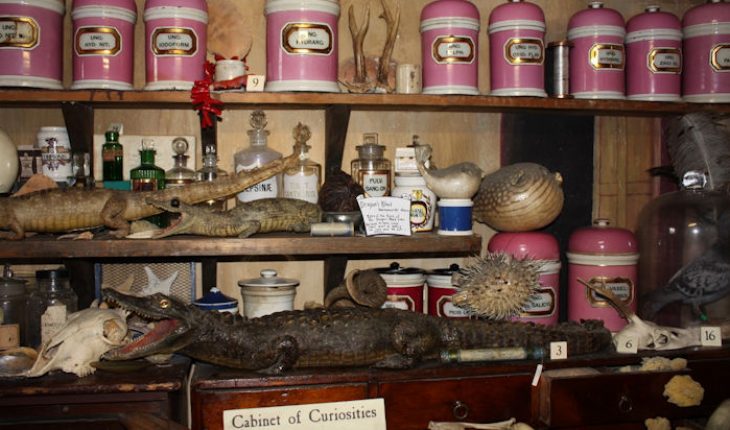A massive leap forward in medical technology took place in the mid 20th century. The most significant change in the UK, after World War Two, was the establishment of the National Health Service. In the field of baby care, tests became available for defects such as spina bifida and Down’s syndrome and treatments were developed for children with heart disease. In addition, the contraceptive pill was launched in 1950 and the first ‘test tube’ baby was born in 1978 with IVF transforming the lives of many couples who otherwise might have remained childless.
Penicillin was used widely during WW2. Drugs were introduced to combat TB, steroids to relieve pain and inflammation and DNA was discovered in 1962 leading to an understanding of diseases caused by defective genes. Christian Barnard’s first heart transplant in 1967 was followed by the transplant of other organs, and today the replacement of hips and knees is commonplace. Many procedures are now less invasive, being carried out by micro or keyhole surgery and the range of treatments for cancer improves each year. Basically, conditions that would have killed in 1950 are now mostly treatable.
How far we have come since the 1950’s was brought into sharp focus for me when I discovered that the oldest operating theatre in Europe is located in a roof space above St Thomas’ Church, close to London Bridge. It opened in 1822 providing treatment for poor females – wealthier patients could opt for a surgeon to visit them at home, where the operation would usually be carried out on the kitchen table.
The operations performed were mostly amputations and were seen as a last resort. Patients were tied to beds as there were no anaesthetics, only opium or alcohol to numb the pain. Speed was of the essence. One respected surgeon reportedly removed a leg in two and a half minutes flat, but in his haste also cut off the patient’s testicles. Perhaps an example of carrying professional enthusiasm too far?
This operating theatre is now a small museum. To reach it you climb a narrow, steep spiral staircase to the roof area of the church. The theatre is light and airy with standing room for about 100. The operating table is in the centre, with a box of sawdust underneath to catch the blood. When the theatre was constructed a double floor has to be installed to stop blood from the operations leaking down and staining the ceiling of the church. It might have been something of a religious experience for worshippers to see this in the middle of a service.
The Herb Garret adjoins the theatre and was originally used by apothecaries to store medicinal herbs. The room is crammed with medical artefacts and written reports of cases.
The term ‘operating theatre’ referred to a tiered amphitheatre where students and other spectators would watch the surgeons who covered their frock coats with aprons to protect them from bloodstains. A report at the time stated how such clothing became “stiff and stinking with pus and blood”. The sign of a good surgeon was judged by the amount of blood and stains on his clothing that he did not wash off. They operated bare handed with instruments that were re-used on other patients without sterilization. A doctor was far more likely to wash his hands after an operation than before. There was little understanding of the causes of infection and no antiseptics until the 1860’s when Joseph Lister, following the research of Louis Pasteur, confirmed that germs caused disease. He became known as the ‘father of antiseptic surgery’ and helped to reduce the 50 per cent death rate after operations. I found the museum utterly fascinating, but was left with a profound feeling of gratitude that I was born in the next century.
To find the latest story go to ruthcorman.wordpress.com click on the new title.
- Europe’s oldest operating theatre - 5th August 2016






